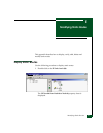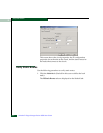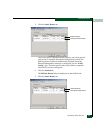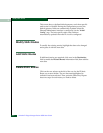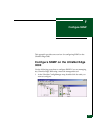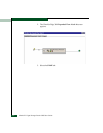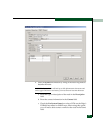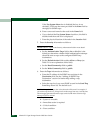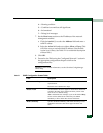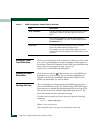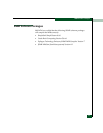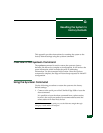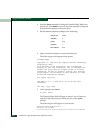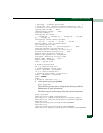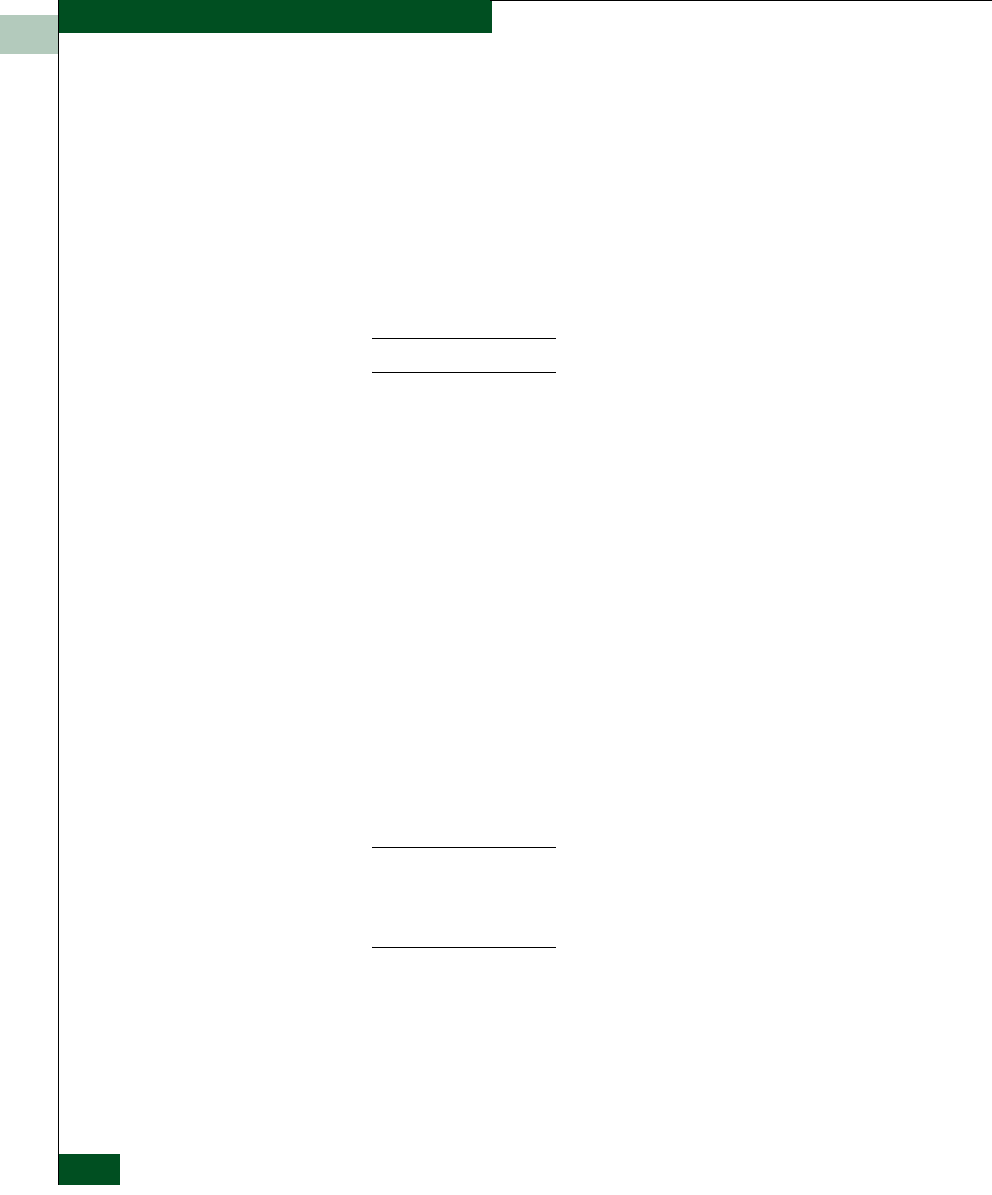
F-4
UltraNet™ Edge Storage Router 3000 User Guide
If the Use System Name box is disabled (the box is not
checked), UCM uses the name provided in the Name field to
the right, for SNMP traps.
d. Enter a one-word name for the node in the Name field.
e. If you checked the Use System Name check box, this field is
disabled and the word None is displayed.
f. Enter the physical location of the node in the Location field.
5. Enter the Security information as follows:
NOTE: Table F-1 explains the Security information fields in more detail.
a. Set the Authentication Traps field to Yes or No (this is the
default) to determine whether failed authentication attempts
should be sent as traps to the configured SNMP trap
destinations.
b. Set the Default Action field to either Allow or Deny (see
Table F-1 for an explanation of this field).
c. Set the Read Community field to public.
d. Set the Write Community field to public.
6. Enter the Tr aps information as follows:
a. Enter the IP address of the SNMP trap recipient in the
Destination field. See the
“Adding an SNMP Trap
Destination” section for further help adding a trap
destination.
a. Select the trap level you want SNMP to send in the Send Trap
Level drop down list. The default is six.
NOTE: All trap levels up to the value selected will be sent. For example, if
you set the trap level to 3, all trap levels in the range from 0 to 3 will be sent.
The messages generated from the traps can be found in the UltraNet Edge
Messages Reference manual.
0 — System is unusable
1 — Immediate action is required
2 — Critical condition
3 — Error condition




